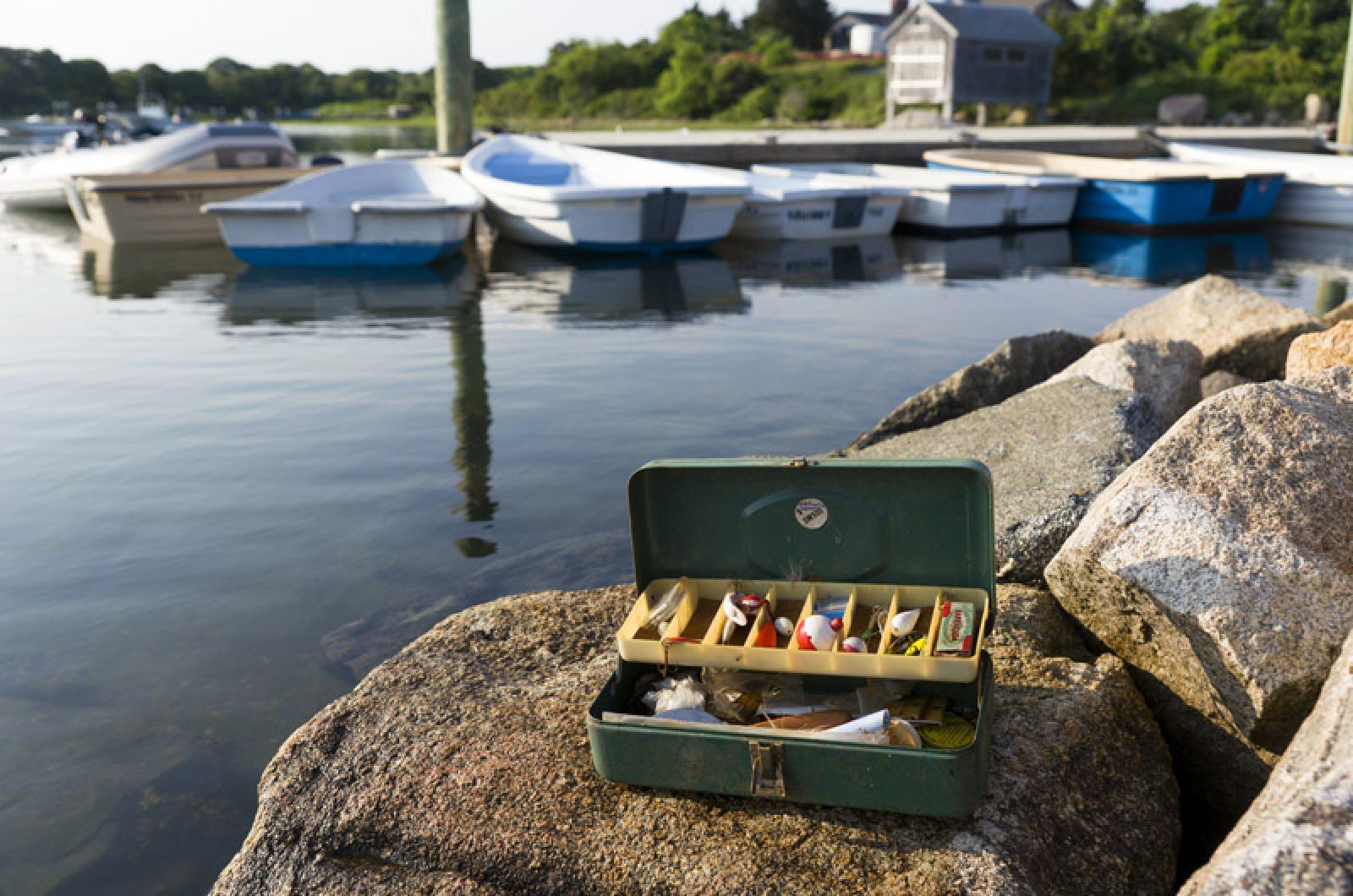I’ve spent a lot of time on a lot of sailboats. I have read about them in books and magazines and talked about them with naval architects and boat builders. But I still don’t understand most advertisements for sailboats.
“Sail the oceans of your dreams in this blue water equipped 28-foot beauty. Sleeps eight.” I may be slightly exaggerating, but only by a couple of feet of boat length. Many boats are sold to meet dreams of ocean passage making, but designed and built for sitting at the marina. Interior designs focus on sleeping and dining accommodation rather than safety at sea, which I find kind of important when hundreds of miles from shore. Exterior designs focus on layout for entertaining rather than comfort while underway.
In 2003, I began looking for a boat to sail the Atlantic between New England and the Caribbean. I also had thoughts of a passage to Ireland via the Azores. And despite her misgivings, I had a tentative commitment from my wife to try Caribbean living during the winter. From a prior life chapter as a delivery skipper, I had a pretty solid list of requirements. To oversimplify, I wanted a boat with pretty lines that would please me when I looked at her, but I demanded a cruising design that would get us there and back safely.
I looked up and down the East Coast, but didn’t find anything I liked. One broker in Florida confided, “most of our clients have bought a condominium and want a boat to cross the Atlantic, but they really just motor up and down the Inland Waterway afraid to put up those scary white things when there’s any wind.”
That broker knew to talk about the boats he sold as blue water vessels, but to sell them for their dockside amenities. Those less kind might call these boats gin palaces.
I finally saw an impressive 54-foot sloop. I had my wife join me for a second look. During the second visit I realized that I had forgotten my list of requirements. This very pretty boat had terrific comfort below: a large galley area and an ample salon, a spacious dining area for eight and a beautiful master stateroom with a queen-sized bed. Her center cockpit afforded the helmsman a great view of the water.
But the boat failed in so many ways. There was no way to secure the cook in the galley around the hot stove, which was not gimbaled. The beautiful dining room table was not gimbaled. (Gimbals are essentially a swivel arrangement that allows a flat surface to tilt side to side as a boat rocks, keeping the stove or table relatively flat and the pots, plates and utensils from sliding off.) There were no fids (wooden rails at the edges of counters for more sliding-off protection.) The plush chairs around the table were not secured to the cabin sole (floor.) The impressive electronics were entertainment toys rather than navigational devices. There were no handholds built into the interior so crew could hold on when the boat was bouncing around. The lovely state rooms — and that queen-sized bed — had no restraining devices to keep a sleeping crew from falling out of bed. The engine room was nicely crafted but the engine’s components — alternator, water pump, etc. — were inaccessible other than by lying on top of the inevitably hot engine. (Remember the adage: things only break when you use them!)
And the final straw for me was standing in the center cockpit, admiring the vantage point and suddenly realizing there were no lockers.
Readers who are sailors will know that deck and/or cockpit lockers are vital and mysterious. Vital because they hold fenders, hoses, buckets, mops, brushes, seat cushions, extra sails, handles, docklines, blocks and much more. Mysterious because you know that stuff is in the locker, but you can never find the thing you need until you’ve emptied the whole thing into the cockpit (generally during a rain storm or in a smashing head sea.)
The 54-foot boat that I revisited with my wife not only didn’t meet my requirements, but also had no lockers! I can grudgingly accept a sailboat designed as a gin palace if that’s what someone wants, but even a cocktail skipper needs a place to store his boat gear, even if it’s only extra bags of ice.
I finally found my boat, a 50-foot cutter designed by Robert Perry. It had the right hull design and interior layout to satisfy my needs both when underway and when at anchor. I spent years making her simpler.
I had to remove an ice maker (uses too much electricity and water), a flat screen TV and related electronic toys, an air-conditioner (weight and electric use) and a water maker. The latter one really killed me. I think water makers are great, but you have to run them every couple of weeks to keep the expensive membrane from breaking down. Plus, you have to run them offshore, as the waters of our harbors and anchorages are not clean enough to maintain them properly. It’s an expensive piece of equipment for a boat and one that doesn’t deliver value unless you spend most of your time out at sea.
The boat we bought had spent the prior six years in Annapolis, mostly at the dock while her skipper entertained guests on his lovely 50-foot floating waterbed. He never used the water maker; he never even took her beyond the Chesapeake. It may be that boats are designed to evoke the dreams but to satisfy the more modest realities of most boat owners. And it may be that I’m just a grumpy old bloke who likes sailboats designed to take him places safely and happily. And I don’t need an ice maker. Don’t need ice to make rum and lime taste good.
Jim Malkin lives in Chilmark.




Comments (2)
Comments
Comment policy »